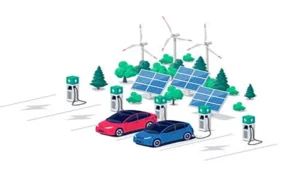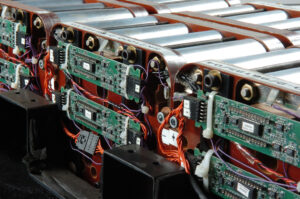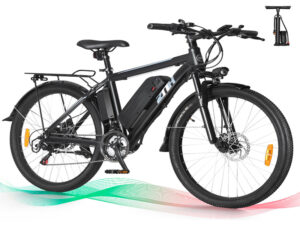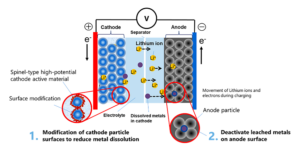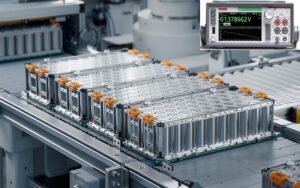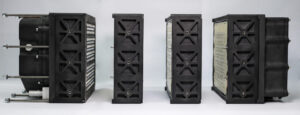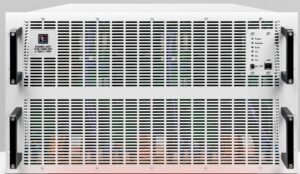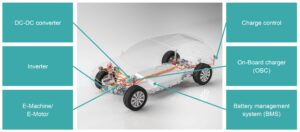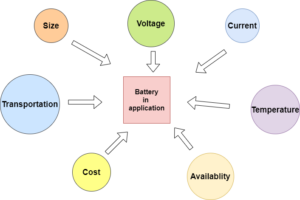by Luca Vezzadini, ZIVAN The urgency of mitigating climate change and reducing greenhouse gas emissions has prompted businesses to adopt more sustainable transportation solutions, particularly electric vehicles (EVs). Lithium-ion batteries (LIBs) are at the forefront of electrification. McKinsey predicted that the entire LIB chain, from mining through recycling, could grow by over 30% annually from 2022…
Research shows improvements for fast-charging of Li-ion batteries
Researchers at Chung-Ang University used high-concentration electrolytes to improve safety and prevent cell swelling caused by lithium plating. To achieve a greater adaption of electric vehicles, the automotive industry needs fast-charging batteries that don’t compromise energy density. Lithium plating for ultra-fast charging raises safety concerns due to high cell polarization, requiring careful attention. During fast…
What are e-bikes?
In this article, we’ll explore the types of e-bikes available and their features. In terms of e-mobility, e-bikes stand out as a compact, affordable option for many.
New lithium-ion battery with cobalt-free 5V class high-potential cathode
Toshiba Corporation has developed a new lithium-ion battery using a cobalt-free 5V-class high-potential cathode material that significantly suppresses performance-degrading gases produced as side reactions. This battery can operate in a wide range of applications, from power tools to electric vehicles. Cobalt and nickel are widely used to stabilize the cathodes of lithium-ion batteries. However, cobalt…
Lithium Iron Phosphate cell capable of charging from 20% to 80% in six minutes
DESTEN Inc. announced the launch of the latest cell technology advancement, an Ultra-Fast Charging, 6C LFP (Lithium Iron Phosphate) cell. The latest pouch form-factor cell from DESTEN is capable of charging from 20% to 80% SOC in 6 minutes. Owing to its LFP-based chemistry, this cell features an impressive chemical and temperature stability profile, making…
Battery testing: critical to the rise of electric vehicles
When designing a battery into an EV, you must perform rigorous testing to understand a battery’s performance. Electric vehicles (EVs) accounted for 13% of global vehicle sales in 2022 and are forecasted to reach 30% of global vehicle sales by 2030. The industry needs to continue working on making EVs affordable to support this transition…
SMT isolation transfers measure just 7.2 x. 485 mm
XING Mobility has announced the official release of its IMMERSIOTM Cell-to-Pack (CTP) product at the IAA Mobility show in Munich, Germany. This innovative battery pack, which features high energy density and exceptional heat dissipation and safety features, will be presented for the first time to the global audience at the event. XING’s IMMERSIO CTP Solution…
EV battery tests involve lots of power
In a video, EE World spoke with a power-supply applications engineer about why RV batteries use such high voltages and how to test them. Batteries are perhaps the most expensive component of an electric vehicle. Typically producing 800 V to 900 V, batteries deliver the power needed move the vehicle. Of course, EV batteries need…
How is functional safety defined & implemented for batteries in EVs and BESS?
Li-ion batteries can store large amounts of energy, and they can support high rates of power delivery. They are the preferred energy storage technology for EVs and large battery energy storage systems (BESS). But if not properly managed, they can also present safety hazards. That makes functional safety a critical consideration when designing large Li-ion…
What are the different battery types for specific applications?
In this article, we will learn how to choose a battery according to the specifications and requirements of your application. Some applications need more power, and some need to be cheap with less power. There are various factors and parameters that to consider when choosing the best battery for your application. No one battery is…

